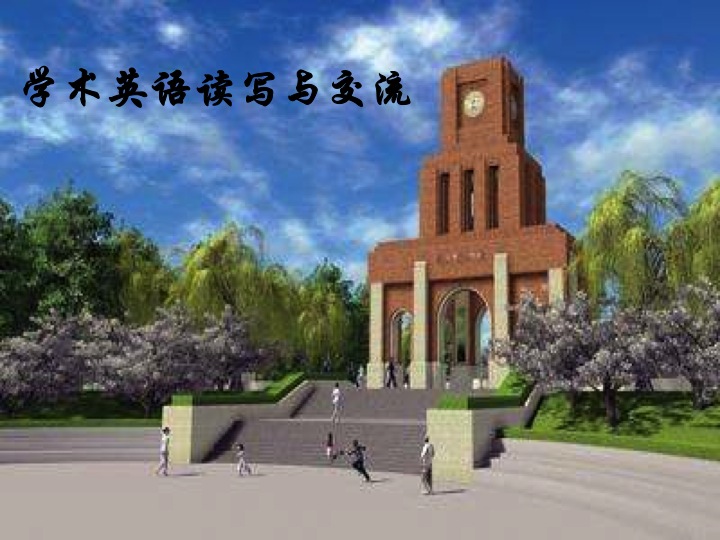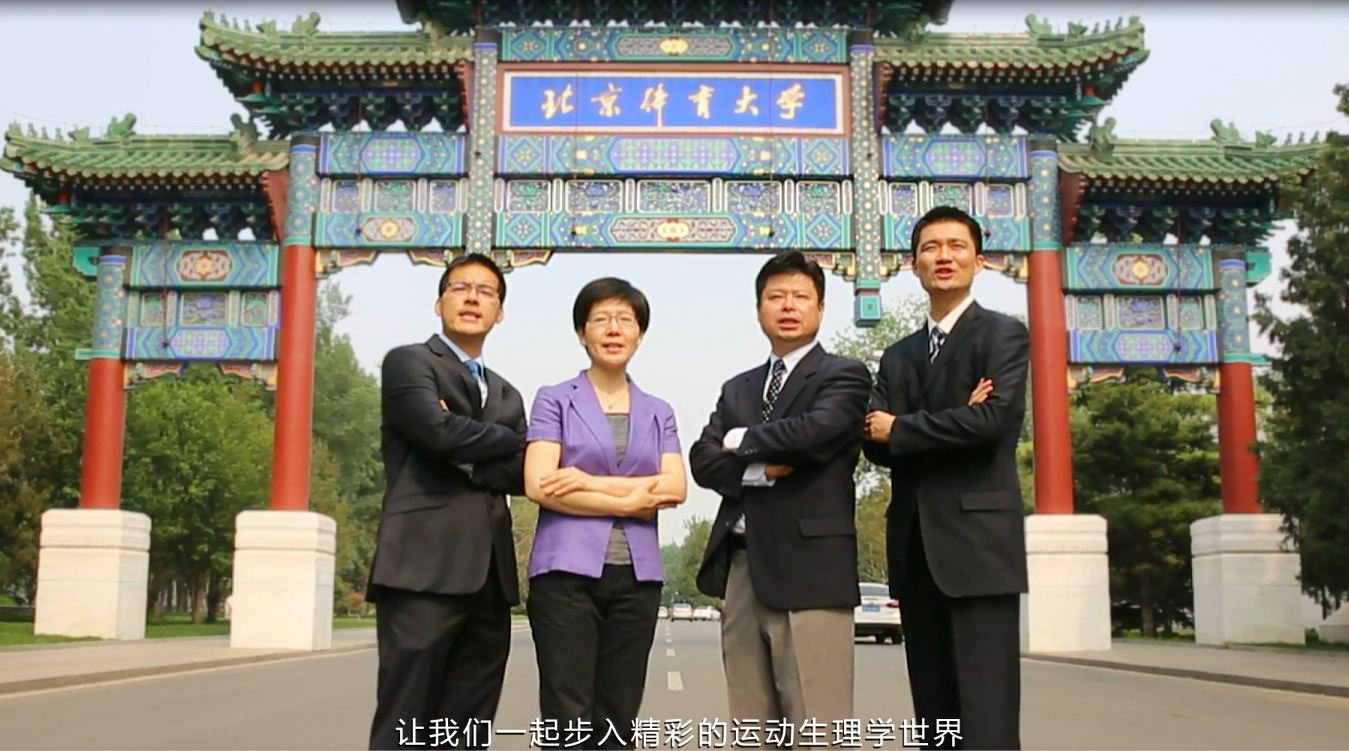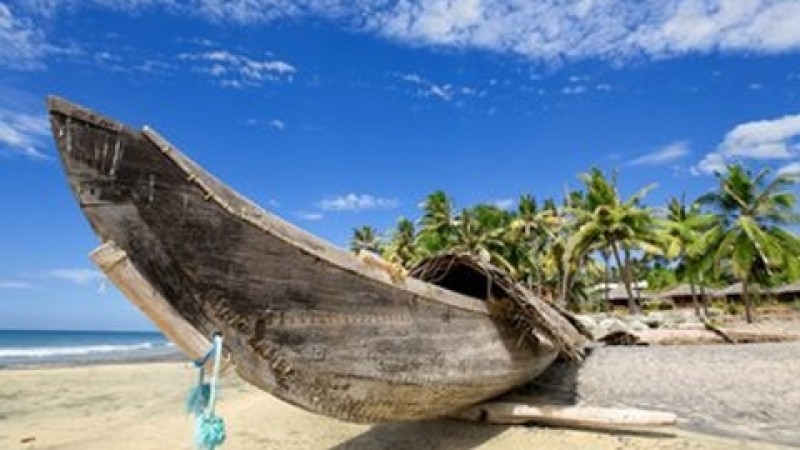
当前课程知识点:Culture and Tourism > Week 1: Cultural Tourism: Definitions and Concepts > 1.2 Cultural Heritage-1 > 1.2.1 The meaning of culture heritage
返回《Culture and Tourism》慕课在线视频课程列表
返回《Culture and Tourism》慕课在线视频列表
大家好,在这个部分,
我将继续谈论世界遗产计划的重要性
和文化遗产的定义。
在这一部分,我将继续讨论一个重要的概念
世界遗产计划和文化遗产的定义。
你可以从这些图片中看到,
它显示了世界遗产项目组织的重要性。
这是联合国教科文组织世界遗产中心的标志。
这是ICOMOS,一个重要的评估机构
服务于联合国教科文组织,
联合国教科文组织世界遗产中心成立于1976年,
ICOMOS是在国际古迹理事会
我们称之为ICOMOS,成立于1965年。
这是世界遗产计划的另两个重要评估机构,
1948年成立了国际中心,我们称之为IUCN
1956年成立了国际中心
研究文化财产的保护和恢复我们称之为ICCROM。
你可以从金字塔上看到遗产的重要性。
金字塔的顶端是世界遗产,
在这个过程中我们会用多个原因
来谈论突出的普世价值。
它最高的是遗址,最高的是纪念物,
其自然演化的过程中所产生的突出的普遍价值
可以被作为世界遗产进行访问和评价。
然后在国家层面,
省级层面,地区层面,地方层面又有不同的层次。
你可以从遗产的不同层面
来评估普世价值。
但最高的遗址是突出的普世价值,
被列为世界遗产。
你可以从这些图像中看到。
现有世界遗产1000余处,
其中文化遗产869处,自然遗产213处,
和39处混合遗产。
还有39个遗址是跨国的,
有两个已经被删除了,
有两个已经被删除了,
如战争或其他东西也可以租赁在世界遗产的危险。
在这门课中,我们主要讨论了一些评估的标准
什么是文化遗产,什么是自然遗产,
什么是混合遗产等相关问题,
以及世界遗产和旅游业的其他重要问题。
现在你可以看到有167个国家
已经联名签署了
联合国教科文组织世界公约。
你可以从图片中看到,
你可以看到
最重要的红点是文化遗产
其中一个关键问题是大部分的
文化遗产都在西方,在欧洲。
这其中的一个关键问题就是世界遗产
及其突出的普遍价值是由西方国家设计的。
所以你可以看到,在中国,在非洲,在美洲,
或者是北美,世界遗产并不像西欧那么多
世界遗产并不像西欧那么多。
在这些图片中你可以看到红色的区域,
红色的区域意味着什么处于危险之中。
些地点大多位于非洲和中东。
这意味着,因为这些地区遭受着不同类型的项目,
如内战,国家和地区间的冲突
和环境灾难。
教科文组织的关键问题之一是保护这一遗址,
并呼吁国际社会帮助解决这一问题。
世界遗产指南的操作
是我要讲的重要内容之一。
世界遗产委员会是负责执行
《公约》的主要机构,已经建立了精确的标准
将财产列入《世界遗产名录》
并在世界遗产基金下提供国际援助。
这些都包括在题为
“执行《世界遗产公约》业务准则”的文件中。
本文件已由委员会修订,
以反映新的概念、知识或经验。
下一节我将讨论什么是文化遗产。
那么,什么是文化遗产呢?文化财产包括实物
或有形的文化遗产,如艺术品。
这些遗产一般分为可动遗产和不可动遗产两类。
你可以看到,不可移动的遗产包括建筑物,
所以它们本身可能也包括艺术装置,如建筑
彩色玻璃窗和壁画,大型工业装置
或其他历史地点和纪念碑。
可移动的遗产包括书籍、文件、可移动的艺术品、
机器、衣物和其他被认为值得为未来保存的文物。
这些文物包括对某一特定文化的考古学、
建筑学、科学或技术有重要意义的物品。
你知道,世界遗产的实际定义。
有三种类型的东西可以列为文化遗产。
一个是纪念碑。
纪念物包括建筑作品、纪念碑作品、
雕塑作品、规划元素或考古讲座题词结构、
洞穴相关的、以及从历史、艺术或科学的角度来看,
具有突出普遍价值的特征。
所以群体建筑,独立或相连的建筑的群体,
由于它们的建筑,它们的同质性或它们在景观中的位置,
从历史,艺术或科学的角度来看,具有突出的普遍价值。
第三类是遗址,包括人的作品
或人与自然的结合,
或人与自然的结合,且具有突出的普遍价值
不论从历史、美学、人种学或人类学的角度来看。
所以,有六个标准来评估哪些地方
可以被列为世界文化遗产,
可以被列为世界文化遗产,
第一个标准是代表人类创造的天才般杰作。
第二个标准是展示人类价值的重要交流
在一段时间内或在世界文化领域内,
在建筑或技术、不朽艺术、城市规划或景观设计的发展方面,
第三个标准是对一种文化传统或一种现存的或已消失的文明
有独特的或至少是例外的证明;
所以第四个标准是一个杰出的建筑类型的例子,
建筑或技术整体或景观,
说明(一个)人类历史的重要阶段;
第五个标准是传统人类住区、
土地使用或海洋使用的突出例子,它们是一种文化(或多种文化)的代表,
或人类与环境的相互作用,
特别是当环境在不可逆转的变化的影响下变得脆弱时;
所以标准六,这是一个非常特殊的标准,它不能单独列出,
而是与其他四个标准中的一个合作。
所以这六个标准是与事件或现存的传统,
思想,或信仰的艺术和文学作品有直接或具体的联系,
并且具有突出的普遍意义。
这一节就到这里。
下一节,我们将继续逐个讨论
世界文化遗产遗址的标准。
感谢大家。
-1.1 Introduction course outline and UNESCO World Heritage Program
--1.1.1 Introduction of culture and tourism course outline
--1.1.2 Introduction of UNESCO World Heritage Program(1)
--1.1.3 Introduction of UNESCO World Heritage Program(2)
-1.2 Cultural Heritage-1
--1.2.1 The meaning of culture heritage
--1.2.2 Criterion(i): masterpiece of human creative genius
--1.2.3 Criterion(ii): exhibit important interchange of human value
--1.2.4 Criterion(iii): bear a unique or at least exceptional testimony
--How can the public understand the importance of heritage?
-1.3 Cultural Heritage-2
--1.3.1 Criterion(iv): an outstanding example in human history
--1.3.2 Criterion(v): represent a culture or human interaction with environment
--1.3.3 Criterion(vi): associated with living traditions of outstanding universal significance
-1.4 Natural Heritage
--1.4.1 Natural heritage features, formations and criterions
--1.4.2 Cases studies of natural heritage
--Cultural landscape meanings: The case of West Lake, Hangzhou, China
--How to access heritage of your hometown?
-2.1 Mixed Culture and Natural Heritage
--2.1.1 Mixed heritage operational guidelines and cases (1)
--2.1.2 Mixed heritage operational guidelines and cases (2)
--2.1.3 Mixed heritage operational guidelines and cases(3)
-2.2 Authenticity, Integrity and Cultural Routes
--2.2.1 How to determine authenticity and integrity
--2.2.2 Heritage routes and heritage canals (1)
--2.2.3 Heritage routes and heritage canals (2)
--What do you think about cultural heritage categories?
-2.3 Special Heritage and Sustainable
--2.3.1 Physical remains of the history of technology and industry
--2.3.2 Transboundary Heritage, Serial Heritage, Serial/Transnational Heritage
--2.3.3 Intangible cultural heritage
--2.3.4 UNESCO World Heritage and Sustainable Tourism Programme
--Recovering the Memory of Ourselves for the Sustainable Cites
--Week 2 quiz
--What do you think about cultural heritage categories?
-3.1 The Australia’s Heritage System and Sydney Opera House
--3.1.1 The Australian Heritage System
--3.1.2 Case Study: The Sydney Opera House
-3.2 Role of the ISCCL and Cultural Landscape (1)
--3.2.2 Uluru-Kata Tjuta National Park
--3.2.3 Honghe Hani Rice Terraces
-3.3 Role of the ISCCL and Cultural Landscape (2)
--3.3.1 West Lake cultural landscape (1)
--3.3.2 West Lake cultural landscape (2)
-3.4 Rural Landscapes as Heritage
--3.4.1 ISCCL Principles Concerning Rural Landscapes as Heritage
-3.5 Case Study: Mongolian Altai
--3.5.1 Nature Culture Integration & the Mongolian Altai(1)
--3.5.2 Nature Culture Integration & the Mongolian Altai(2)
--Week 3 quiz
--Discussion: What do you think is the role of ISCCL?
-4.1 Introduction of the Meaning of 'landscape’
--4.1.1 Brief introduction of landscape and culture
--4.1.2 The conceptual framework of cultural landscape
-4.2 Landscape Values
--4.2.1 The word “landscape” itself and differences in Western, Eastern
--4.2.2 Cultural significance for heritage source
--Discussion: What do you think the cultural landscape attracts you?
-4.3 Reading the Landscape: Identification and Assessment
--4.3.1 Planning model for heritage conservation management policy
--4.3.2 Cultural landscape resources evaluation steps
--Article: Cultural mapping: Intangible values and engaging with communities with some reference to As
-4.4 Case Study: Wingecarribee Historic Landscape
--4.4.1 Case study:Wingecarribee historic landscape study(1)
--4.4.2 Case study:Wingecarribee historic landscape study(2)
--Week 4 quiz
--Discussion: What should we do to strengthen the protection of cultural landscape?
-5.1 Indigenous Tourism
--5.1.1 Indigenous tourism background
--5.1.2 World heritage and indigenous peoples
--5.1.3 Tourism issues at Canadian indigenous world heritage sites
--Discussion: What challenges indigenous World Heritage faces?
--Article: State conceptions of indigenous tourism in Chile
-5.2 Case Study and Conclusion: Great Expectations for Tourism
--5.2.1 Case study Pimachiowin Aki
--5.2.2 Conclusions:Great Expectations for Tourism
--Disussion: Do you have any experience of indigenous tourism?
--Week 5 quiz
-6.1 The Definition of Heritage in Heritage Performance Study
--6.1.1 The definition of heritage in heritage performance study
--6.1.2 Heritage performance and meaning making
--6.1.3 Two key issues emerging from qualitative study
-6.2 Heritage Performance - Evidence from Australia, England and USA
--6.2.1 Heritage performance - reinforcement
--6.2.2 Heritage Performance - inter-generational communication and social values
--6.2.3 Heritage performance - recognition and respect
--6.2.4 Heritage performance - education
--Article:Theorizing museum and heritage visiting
-6.3 The Conclusion of Heritage Performance
--6.3 The conclusion of heritage performance
--Week 6 quiz
--Discussion: What kinds of heritage performances have you learned in this week?



